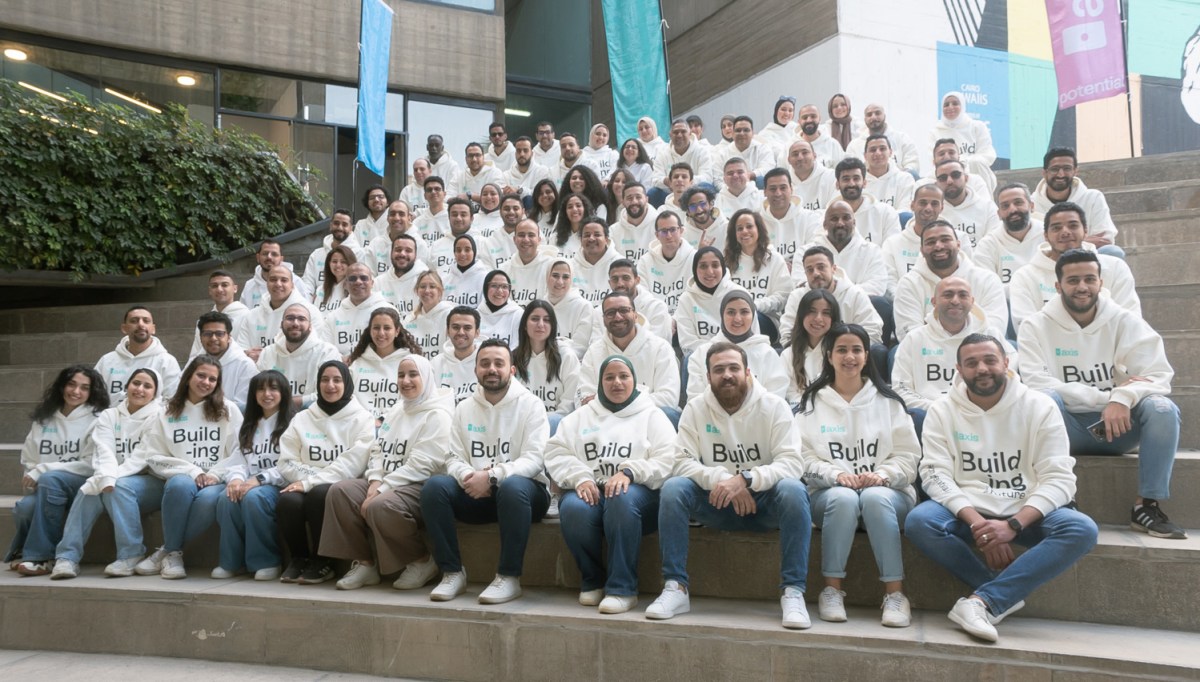City promotes blockchain technology for its records, experts say effort ‘fraught with errors’
Reno Mayor Hillary Schieve and city officials are promoting blockchain technology ostensibly to increase transparency in government. A first attempt is to put the city’s records for historic properties on a blockchain ledger. The city announced in June that it is partnering with a private company.
“In the past, as the mayor has indicated, many of these have been in vaults, so ease of access to the public is very important here, as well as clarity with the blockchain process,” said the city’s Nic Ciccone. “The blockchain process ensures that every step of that process actually happens.”

Asked why it isn’t already happening, Ciccone said it is.
“From a technical aspect, this will ensure on the back end that all our t’s are crossed and our i’s are dotted,” he said.
Jeffry Powell of BlockApps, which helped the city for free, said in June, “one of the advantages of the blockchain is the immutability or permanent record of the data. As the records are compiled on the blockchain, as there are different transactions … because it’s the blockchain, this the information permanently. It cannot be deleted. It cannot be changed.”
Although BlockApps developed the city’s blockchain capacity for free, there is no guarantee that future services will also be free.
Even if BlockApps ceases to exist, the infrastructure for the blockchain should still remain intact, Powell added. “The city could always keep that data. It’s their property. Right now there are no fees at all.”
He said it is impossible to say how much future efforts will cost.
The posts were made public last week after first being promoted just before the US Conference of Mayors in June.
Although city officials said the original list would include 14 properties, only 10 are listed on the city’s website.
“For now, the focus will be on adding visuals and giving residents a better idea of what changes have been made to each of the properties on the city’s historic register,” city officials said.
Effort “filled with mistakes”
City officials emphasized that the effort is about transparency and accessibility, but its own historic resources commissioners were not included in the effort.
City spokeswoman Rebecca Venis said the technology does not affect what the city’s Historic Resources Commission does.
Reno historian Alicia Barber, who used to serve on the commission, said she cautioned city officials that they should proceed with caution because city records are incomplete and not self-explanatory.
“When the mayor first announced this blockchain project in June, I immediately wrote to city staff advising them to consult with the city’s Historic Resources Commission before moving forward with it,” she said. “It was not just a courtesy, it is because the documents relating to the register and the Certificate of Appropriateness process are not self-explanatory or complete.
“Unfortunately, the city did not follow my advice and as a result the portal they created is just embarrassingly inaccurate, with errors on practically every page,” she added.

Bradley Carlson, an architect who is vice chairman of the city’s Historic Resources Commission, agreed. However, he commented on the situation as a concerned citizen speaking for himself.
“My understanding is the commissioners … we were not consulted or informed,” he said. “We found out through announcements from the mayor, like everyone else, and even Jenny Brekhus, who was our contact person, wasn’t aware of it when we asked her.”
He said their concerns have been ignored by city officials.
“The title of the document isn’t even right,” he told This Is Reno.
The proper title is the Reno Register of Historic Places, but the blockchain ledger is called the “Historic Property List,” he cited as one example.
He said other failures mean last week’s launch of the city should have been considered premature.
“The errors are so widespread,” he added. “I took a red pen to see what the differences were between [city of Reno’s] The PDF and the blockchain list and I almost ran out of red ink. Even worse, someone may look at it and not realize how widespread the errors are and think this is something issued by the city to be used as a guide…with useful information, which it is not.
Ciccone admitted, “there were a couple of errors and we’ve already reached out to our development team and discussed how to fix it and make sure it’s more accurate on the site.”
Ciccone said publishing the information on the blockchain was a way to get the information out quickly.
“Immediate access to this information for the public is great, you know, [and] get this feedback right away that some of this information was incorrect. “If it wasn’t publicly available, we might not have known,” he added.
Carlson said seeking the expertise of the city’s own history experts would have alleviated concerns beforehand, but Ciccone said consulting the commission was unnecessary.
“I’m not aware of any boards or commissions being aware of any software that was implemented by the city prior to its implementation,” he said.
Carlson said the city’s initial public relations efforts boiled down to promoting alleged transparency and that the list was a permanent record. But he said what the city and BlockApps put out has already changed.
“It has been reported that the great thing about blockchains is that they are permanent and immutable,” he said. “Just from my own experience in the last couple of days, I see it changing on a daily basis.
“The cake is not baked yet. They really need to take it down and fix the issues and announce it when it’s ready to announce.”

Bob Conrad is the publisher, editor and co-founder of This Is Reno. He has served in communications positions for various state agencies and earned a doctorate in educational leadership from the University of Nevada, Reno in 2011. In addition to directing This Is Reno, he holds a part-time position with the Mineral County University of Nevada Extension. office.


